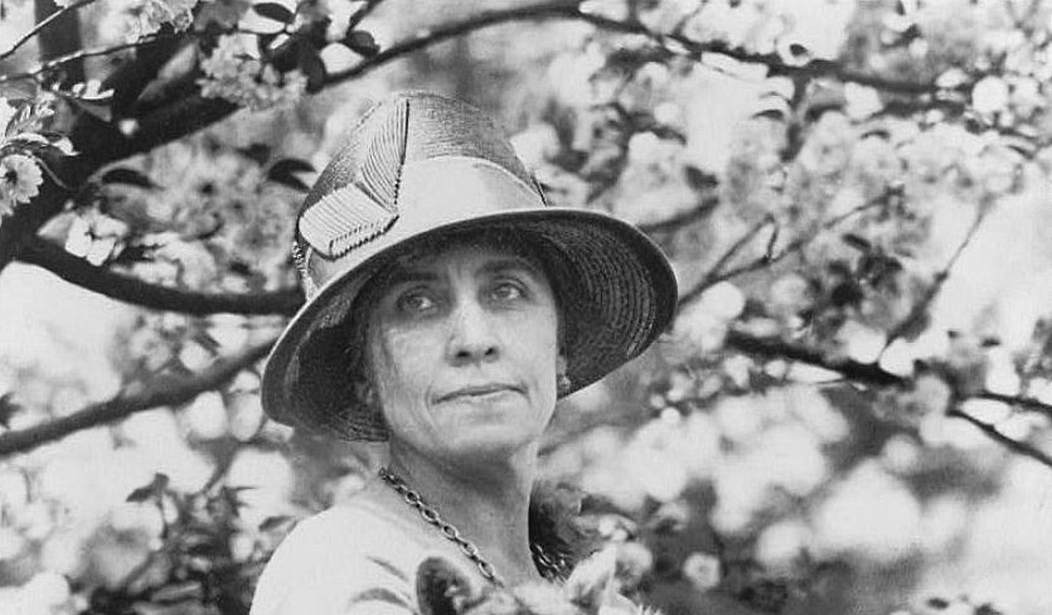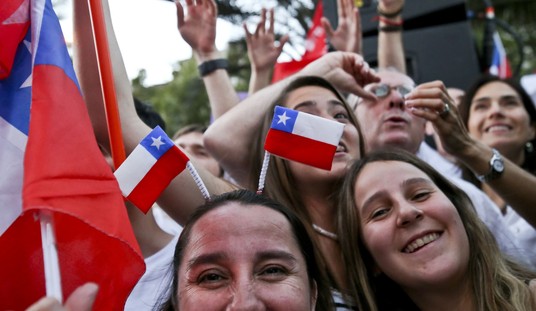There have been some strange creatures living in the White House over the years — both human and animal — but one of the most famous was probably Rebecca the Raccoon. While some know bits and pieces of her story, what many people don't realize is that she was supposed to be Thanksgiving dinner.
In 1926, a Calvin Coolidge supporter from Mississippi named Vinnie Joyce sent the president a raccoon as a gift, intending for the White House to serve it up as a holiday meal. The story goes that Coolidge and the first lady, Grace, did not exactly share the supporter's enthusiasm for the taste of raccoon. The president said no thank you — "When asked if the raccoon was edible, the president smiled and said it might be for some people, but not for him," according to History.com — and his wife said absolutely not.
But instead of disposing of it, setting it loose, or handing it over to a zoo, the Coolidges, who were animal lovers, kept the little raccoon and named her Rebecca. She became a mascot of sorts at the White House. Rebecca was allowed to roam free indoors, and the president and first lady often took her for walks on a leash. She greeted visitors, and she was reportedly a bit on the mischievous side, unscrewing light bulbs, ripping up clothing and upholstery, digging up house plants, and getting into cabinets. The first lady said her favorite thing to do was to get into the half-filled bathtub and play with a bar of soap.
She often escaped, and staff would find her rummaging around in garbage cans or stopping traffic in Washington, D.C. The Smithsonian reports that at one point, the president had a bandage on his wrist, and reporters speculated that Rebecca had bitten him.
Even so the White House press corps adored her and often wrote stories about her adventures. Children who visited the White House did too. She was all the rage at the 1927 Easter Egg Roll when the first lady paraded her around for everyone to meet. The Coolidges would take her on vacation to South Dakota with them, along with their menagerie of dogs and canaries. She even had her own little embroidered collar that read "White House Raccoon" or "Rebecca Raccoon of the White House," depending on whose retelling of the story you believe.
The first couple also adored the little beast. At night, she would crawl up into the president's lap and sleep when he sat by the fireplace.
As I said, the Coolidges were animal lovers, who came to the White House with their share of birds, dogs, cats, and horses, but people gifted them with pets as well. And they weren't always the most traditional — or even legal to own in the U.S. Here's more from History.com:
'We always had more dogs than we could take care of,' Coolidge wrote in his autobiography as he reflected on his White House years. While the canines, cats and canaries that were sent to the president may have been on the conventional side, Coolidge also received a black-haired bear from Mexico, an African pygmy hippopotamus from rubber magnate Harvey Firestone and even a pair of live lion cubs, which the fiscally conservative president gave the less-than-fuzzy names 'Tax Reduction' and 'Budget Bureau.'
As for the idea of eating raccoon for Thanksgiving, back then, it wasn't the strangest of meal choices. The Washington Evening Star even reported on the story as if Calvin and Grace were the strange ones for turning their noses up at the idea: "Declaring raccoon meat less fatty than a possum, the newspaper then invoked the culinary cliché that the ring-tailed animal tasted like chicken, albeit one crossed with a suckling pig."
According to the Smithsonian, raccoon was a diet staple for Native Americans and early settlers in North America, and they were essential eating for the settlers who eventually moved West. Slaves would hunt them at night in order to add more protein to their own diets, and eventually, Americans of all stripes, especially those with little money, ate them to survive.
But they weren't just for survival. "Mark Twain included it on a famous list of American foods he missed while traveling in Europe during the 1870s" and around the turn of the 20th century, many fancy city restaurants offered raccoon up on their menus.
So, what happened to Rebecca? Sadly, her story didn't end well. When the president's term was over in 1929 and the family left. D.C., they didn't take Rebecca with them. They donated her to what is now the National Zoo, but she didn't thrive there and died shortly after. However, her legend lives on in the strange but true tales of American history.










